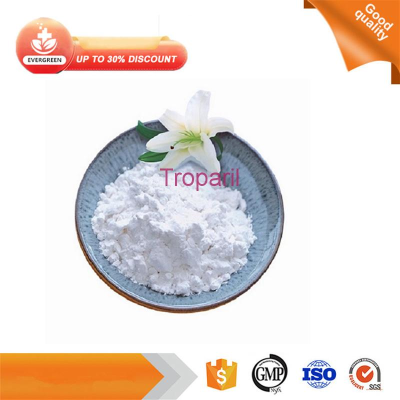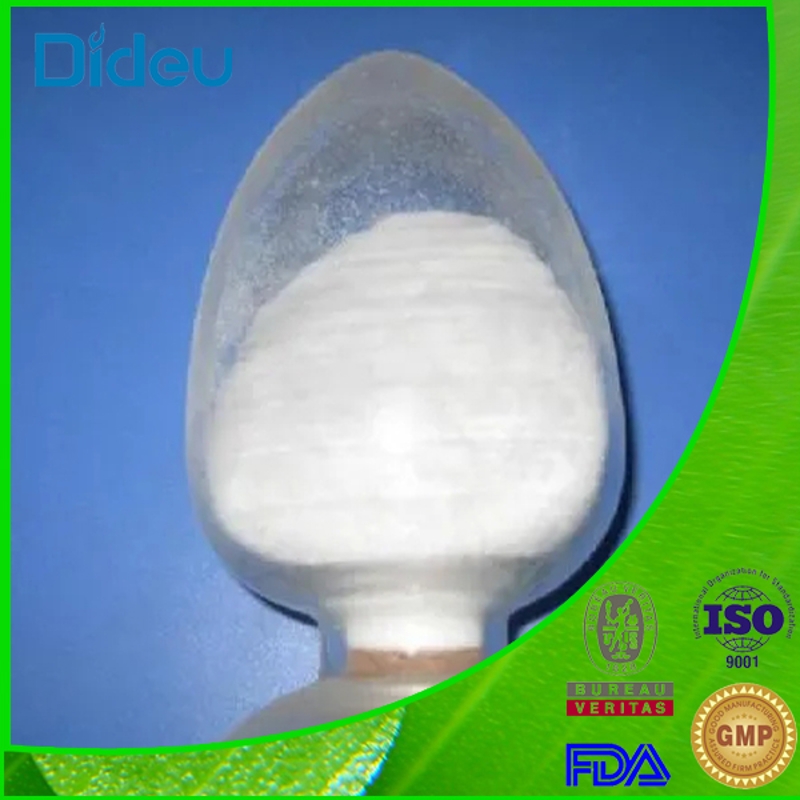-
Categories
-
Pharmaceutical Intermediates
-
Active Pharmaceutical Ingredients
-
Food Additives
- Industrial Coatings
- Agrochemicals
- Dyes and Pigments
- Surfactant
- Flavors and Fragrances
- Chemical Reagents
- Catalyst and Auxiliary
- Natural Products
- Inorganic Chemistry
-
Organic Chemistry
-
Biochemical Engineering
- Analytical Chemistry
- Cosmetic Ingredient
-
Pharmaceutical Intermediates
Promotion
ECHEMI Mall
Wholesale
Weekly Price
Exhibition
News
-
Trade Service
White matter hyperintensity severity in stroke patients is associated with post-stroke dementia and dependence
.
However, white matter hyperintensity can decrease or increase after stroke and is an imprecise predictor of cognitive decline
Recently, a research article was published in Neurology, an authoritative journal in the field of neurology.
The researchers recruited patients within three months of minor ischemic stroke, defined as NIHSS score <8 and not expected to occur.
Modified Rankin Score (mRS) > 2
.
Participants repeated multiple MRI exams within one year, and repeated cognitive and mRS assessments at one and three years
.
We used longitudinal mixed-effects models to assess changes in the Addenbrooke Cognitive Assessment-Revised (ACE-R) and Modified Rankin Scores (mRS)
We then used a multivariate model to jointly assess changing cognition/mRS, adjusted for prognostic variables using all available data
.
We recruited 264 patients; mean age was 66.
9 (SD 11.
8); 41.
7% were female; median mRS was 1 (IQR 1-2)
.
One year after stroke, standardized white matter hyperintensity volume was more strongly associated with one-year ACE-R (each 1-point decrease in ACE-R, β = -0.
CONCLUSIONS: After stroke, fluctuating white matter hyperintensity means that white matter hyperintensity volume at one year after stroke, rather than at baseline, is strongly associated with cognitive scores over the same period
.
Co-longitudinal declines in cognition and independence after stroke, central to the diagnosis of dementia, are associated with increased white matter hyperintensity
After stroke, fluctuating white matter hyperintensity means that the volume of white matter hyperintensity at one year after stroke, rather than at baseline, is strongly associated with cognitive scores over the same period
Original source:
Original source:Una Clancy, et al.
leave a message here







